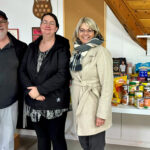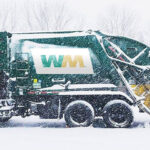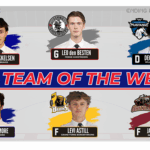Home »
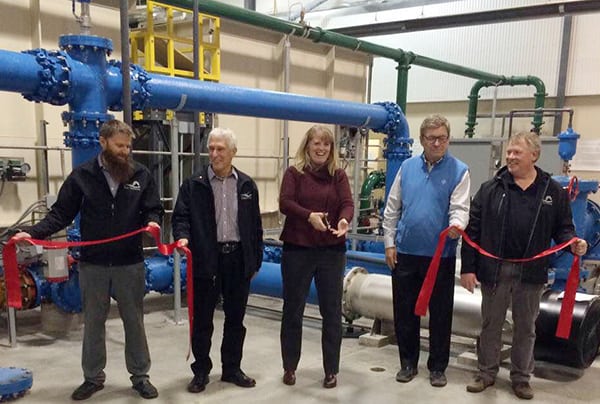
Water treatment plant becomes RDEK asset
By Anne Jardine
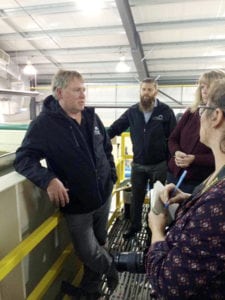
The community of Windermere has finally achieved a resolution to its long time water treatment troubles.
The Regional District of East Kootenay (RDEK) hosted an official celebration to mark the purchase of Parr Utilities a assets on Monday October 1 at the Water Treatment Plant on Windermere Loop Road.
RDEK Electoral Area F Director Wendy Booth was visibly excited as she and RDEK Board Chair Rob Gay recounted the recent history of the community process that led up to this day. Windermere has been on “Water Quality Advisory” continually since 2006 because its water turbidity levels exceeded Interior Health’s standards. Over the years, the RDEK has explored numerous options to bring treated water to the community and in October 2017, the community voted in favour of the Windermere Water Upgrade Project, which includes the purchase of Parr Utilities’ assets and the water treatment plant building.
A Windermere referendum was held in 2011 to purchase bulk water from a private company, Parr Utilities Ltd. The community, however, looking at a total estimated cost of over $5 million, did not want to buy water from a private company. The referendum was unsuccessful with electors voting 203 to 41 against the bulk water option.
After the referendum, the RDEK surveyed the community, and found that over 90% of the responses favoured a publicly, rather than a privately-owned system. On average, the majority of respondents indicated they would be willing to spend $100-$200 more per year for a publicly owned plant.
The RDEK hired an engineering company to research options and costs, and in 2013 it came back with a comprehensive report costing out four possible options. The purchase of the treatment plant was the most favoured of the four survey options.
The next step had to do with assessing the fair value of Parr Utilities, and determining if the owners were willing to sell the facilities.
That process took some time over 2014 to 2016, with interim reports and newsletters coming out periodically to keep the Windermere community as well as the other Parr customers informed.

In order for a purchase to proceed, the RDEK would have to create a new service area to take in the existing Parr Utility customers including Timber Ridge, Baltac, Pedley Heights and Akiskinook and receive the support of the affected communities. The creation of the new East Side Lake Windermere Water Service Area was part of a second referendum that ran parallel to the October 2017 Windermere Water Upgrade referendum.
Booth vividly remembers that referendum day. Polls closed at 8 p.m. She wondered why it might take so long to count a relatively small number of little pieces of paper. Tick, tick, tick. She got the news by phone at 9:15 p.m. It was “yes!“
Booth decided to celebrate that success by buying beautiful new burgundy coloured shoes she dubbed her “Windermere Water” shoes.
“I announced my retirement from the Area F position once it was pretty clear that this part of the project was completed,” she said. “The process was long and not always easy, but it has been great working with the RDEK team and the people of Area F. I will always think of Windermere when I wear these shoes,” Booth said as she thanked the RDEK staff, the local advisory board members, and the residents of Windermere and East Side.
She then walked briskly – in her shiny Windermere Water shoes – across to floor to the plant’s treatment area to cut the ribbon.
The cake was cut soon after that, and the dozens of visitors were treated to burgers and dogs, coffee and soft drinks, and cool clear water. Then came the celebration cake, dished up by Loree Duczek, the RDEK Communications Manager.
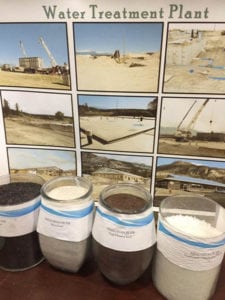
RDEK operators Brian Funke and Shawn Tomlin conducted tours of the treatment facility, including the filtration tanks.
They pointed out the ultraviolet treatment chamber where pathogens are eradicated, and the final chlorination chamber. From there, the treated water is pumped to the reservoir and then piped to the users.
The tour continued to the spacious office area of the building, which will house the water treatment staff, the sewer treatment engineers, and in a cost saving surprise, it will replace the Invermere Regional District of East Kootenay Office (now located on Athalmer Highway in the BC Hydro Building). Windermere Water & Sewer Company will also lease back some space for a few employees and storage.
CORRECTION: The original article (published Oct. 3) noted the boil water notice for Windermere would be lifted. That it is not true on two counts.
There will be no change for Windermere until the existing Windermere water system is connected to the water treatment plant – with construction scheduled to start in spring 2019. The Water Quality Advisory (not Boil Water) remains in place.
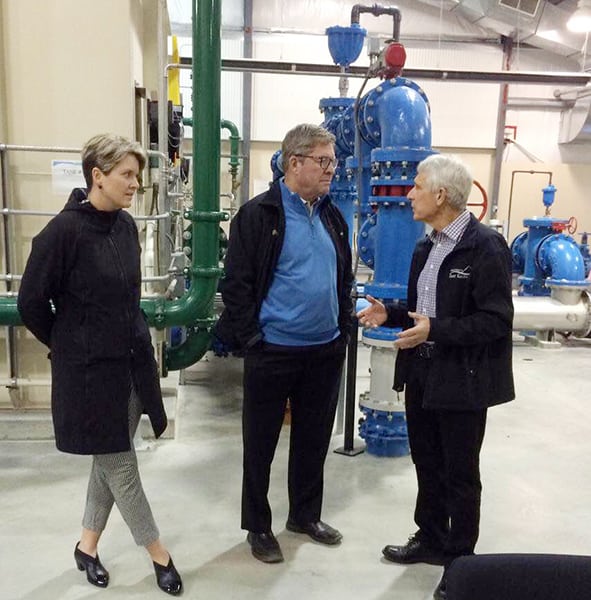
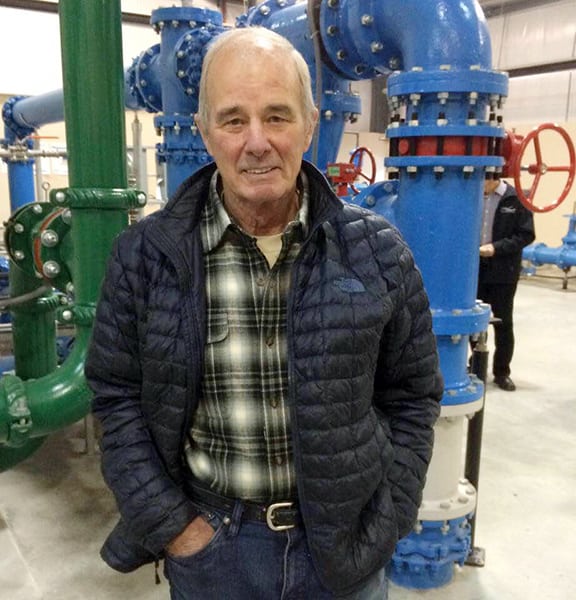
Lead image: RDEK CAO Shawn Tomlin, Board Chair (and Area C Director) Rob Gay, Wendy Booth, Hank Swartout, and RDEK Engineering Manager Brian Funke cut the ribbon. Photos by Anne Jardine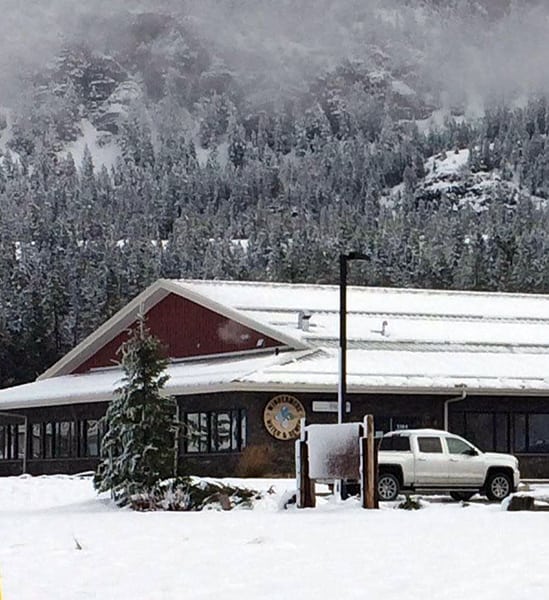
RDEK
